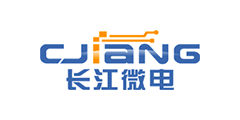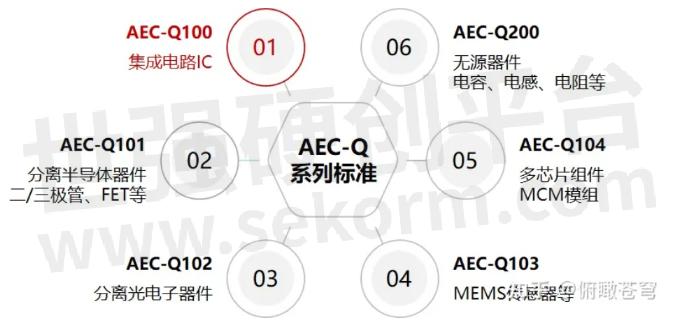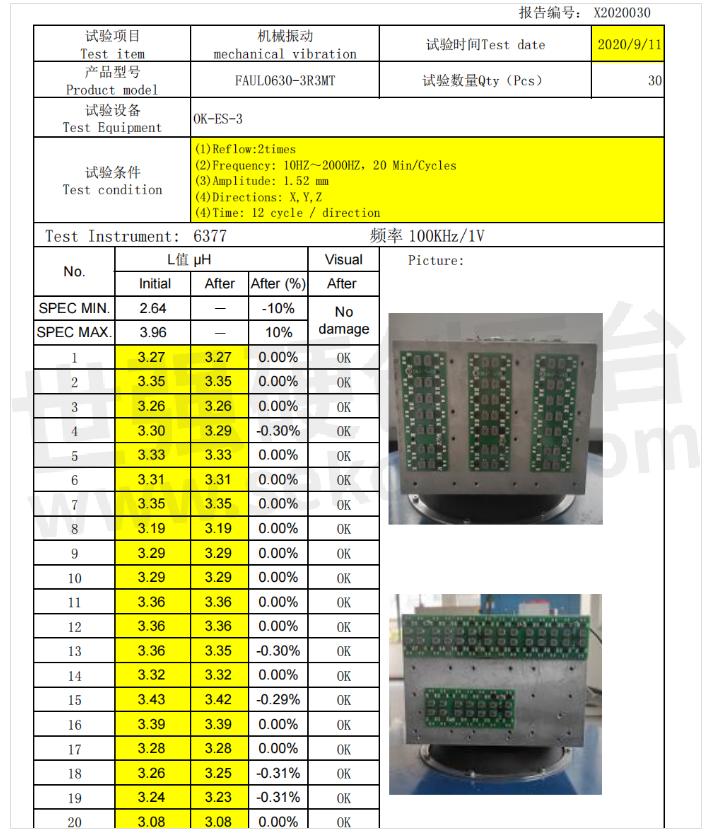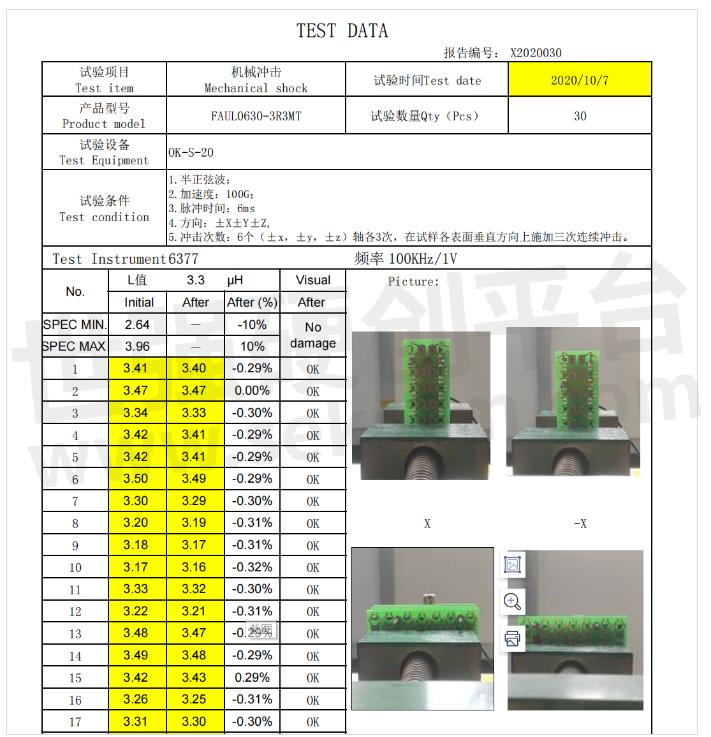What is an Automotive-grade Inductor?

Let's dive straight in. An Automotive-grade Inductor, in a nutshell, is an inductor product that meets the AEC-Q200 standard; and it's produced in a factory that adheres to the ISO/TS16949 standard quality management system certification.
To elaborate, let's delve into a specialized term: automotive-grade. Let's start with the acronym: AEC-Q. AEC stands for "Automotive Electronics Council," a committee established by Chrysler, Ford, and General Motors to create a set of common standards for part qualification and quality systems. AEC, a conglomerate of major automotive manufacturers and major American component manufacturers, aims to standardize specifications focused on the reliability and recognized standards of automotive electronic components. The AEC has established quality control standards. [AEC-Q100] targets integrated circuit stress test certification, the standard for discrete devices is [AEC-Q101], for LEDs is [AEC-Q102], and for passive component design is [AEC-Q200].

Fig.1
The Significance of AEC-Q Certification
AEC has set quality control standards and, because components that comply with AEC specifications can be adopted by the aforementioned three automakers simultaneously, it also encourages component manufacturers to exchange product feature data. This has facilitated the implementation of automotive component universality and laid the foundation for rapid growth in the automotive component market. AEC primarily targets vehicular applications, automotive components, and standardizes quality management control standards for automotive electronics, enhancing their stability and standardization. The most common automotive electronic component test standards by AEC are AEC-Q100- (001~012), AEC-Q101, and AEC-Q200.
The validation process for AEC-Q200 is very complex, time-consuming, and energy-intensive. Automotive-grade inductors, and other automotive-grade passive components, not only have to comply with stricter operating temperature environments, such as -40~+155 degrees Celsius, but AEC-Q200 certification also requires passing high-intensity mechanical vibrations, ultra-long life operation, high-precision excellent electrical characteristics, very strong solderability, terminal strength, resistance to high-intensity mechanical impact, resistance to PCB board bending strength, passing electrostatic discharge testing, high humidity salinity testing, high-temperature resistance testing, thermal shock testing, reflow soldering testing, leakage current withstand voltage testing, and so on. An automotive-grade power inductor, to meet AEC-Q200 certification, needs to go through dozens of stringent testing standards, and each standard requires a long time to be spent, such as life testing and high humidity salinity testing, which require thousands of hours of test time.
In one brand's mechanical vibration testing
Table.1

Mechanical shock:
Table.2

Anti static testing:
Table.3

- +1 Like
- Add to Favorites
Recommend
- CJIANG TECHNOLOGY Launched Automotive-grade Inductor FAUL and FEXL Series
- FAUCPR Series of Cjiang Automotive Coupled Inductor with High Efficiency, High Coupling, High Rated Current, Low DCR
- Yangtze Microelectronics Introduces Integrated Inductors FTC Series and FEXL Series with a Thickness of 0.55mm
- What Is the Default Gateway of A RS485 to Ethernet Converter?
- What is the Default Gateway of A Serial Port to Ethernet Adapter in IIoT?
- What If The Default Password Does Not Work for The 4g Lte Router
- 3.3-V Powered, Fault-Protected High-Speed CAN Transceivers: 3PEAK Launches TPT133x Series
- Automotive-grade MCU BAT32A237 from Cmsemicon Wins the 2023 Automotive Chip Top 50 Award
This document is provided by Sekorm Platform for VIP exclusive service. The copyright is owned by Sekorm. Without authorization, any medias, websites or individual are not allowed to reprint. When authorizing the reprint, the link of www.sekorm.com must be indicated.

































































































































































































































































































































































































































































































































































































































































































































































































































































































